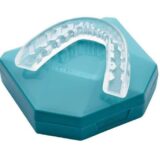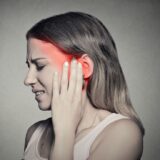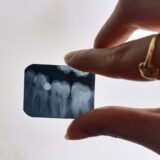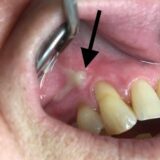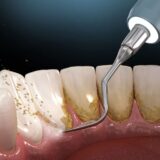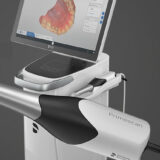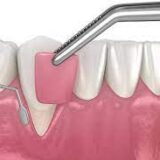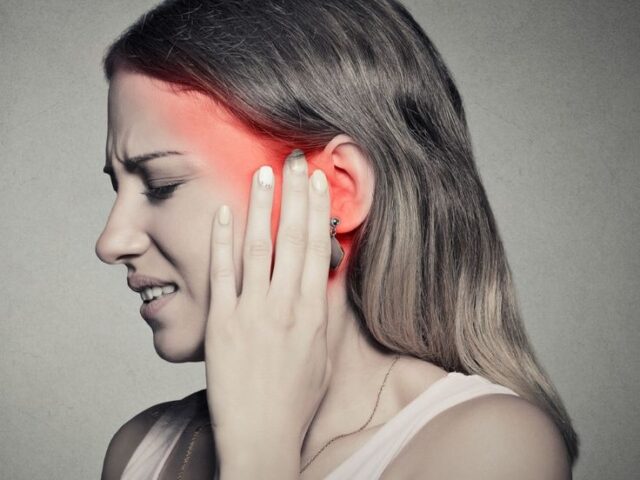
TRIGEMINAL
NEURALGIA

Outline
- Introduction – What is Trigeminal Neuralgia?
- Causes of Trigeminal Neuralgia
- Symptoms
- Diagnosis – Medical History and Physical Examination – Neurological Examination – Imaging Tests
- Treatment Options – Medications, Surgery, Other Procedures
- Living with Trigeminal Neuralgia
- Prevention – Lifestyle Changes
- Conclusion
- FAQs
Trigeminal Neuralgia: Understanding the "Suicide Disease"
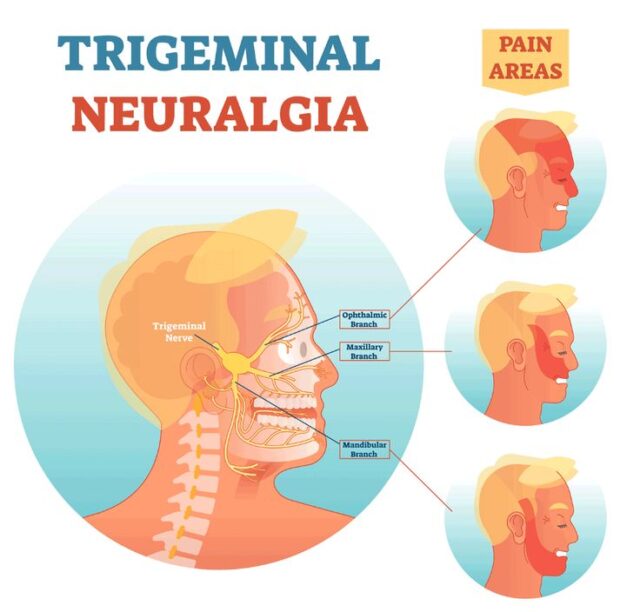
Trigeminal neuralgia, often referred to as the “suicide disease,” is a chronic pain condition affecting the trigeminal nerve, which carries sensation from your face to your brain. The condition can be incredibly debilitating, causing sudden, severe, electric shock-like pain, typically on one side of the face.
Causes of Trigeminal Neuralgia
Trigeminal neuralgia is often caused by compression of the trigeminal nerve by a blood vessel, usually an artery or a vein, as it exits the brainstem. Other potential causes include:
Compression of the Trigeminal Nerve
When a blood vessel compresses the trigeminal nerve, it can lead to the malfunctioning of the nerve signals, resulting in pain.
Multiple Sclerosis
In some cases, trigeminal neuralgia is associated with multiple sclerosis, a disease of the nervous system that affects brain and spinal cord function.
Other Causes
Less common causes of trigeminal neuralgia include nerve compression by a tumor, a traumatic injury to the trigeminal nerve, or other medical conditions such as stroke or facial trauma.
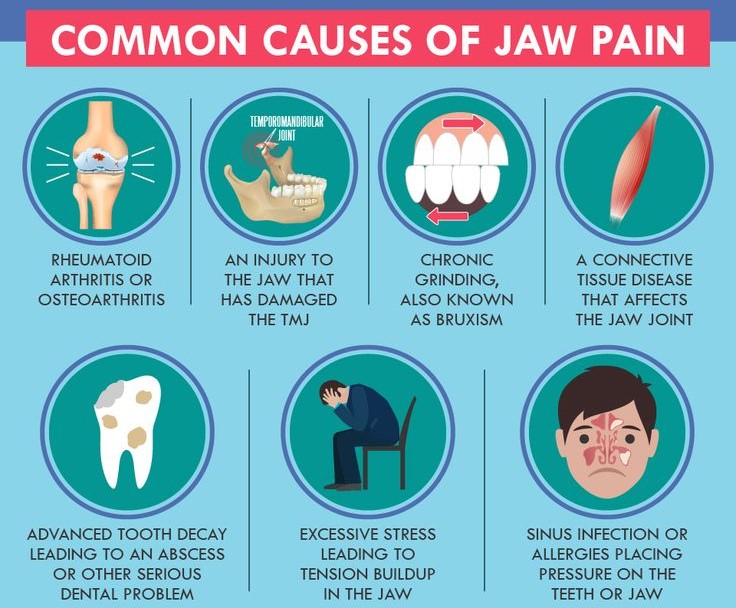
Symptoms
The hallmark symptom of trigeminal neuralgia is sudden, severe, stabbing pain in the face.
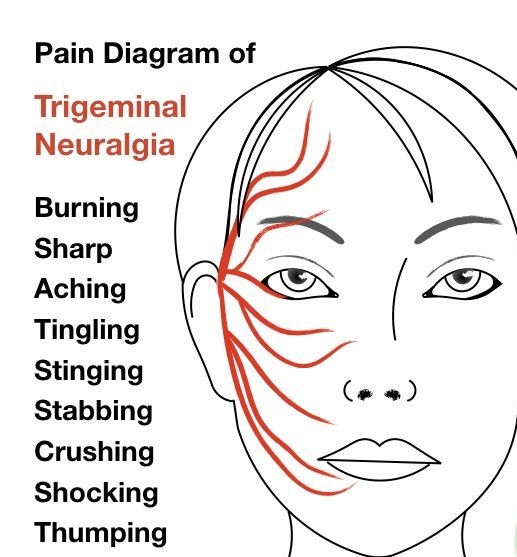
Trigger Points
The pain is often triggered by common, everyday activities such as eating talking, brushing teeth, as well as by touching specific areas of the face.
Intense Facial Pain
The pain of trigeminal neuralgia can be described as stabbing, shooting, or like an electric shock. It usually lasts for a few seconds to a few minutes but can occur in bursts throughout the day.
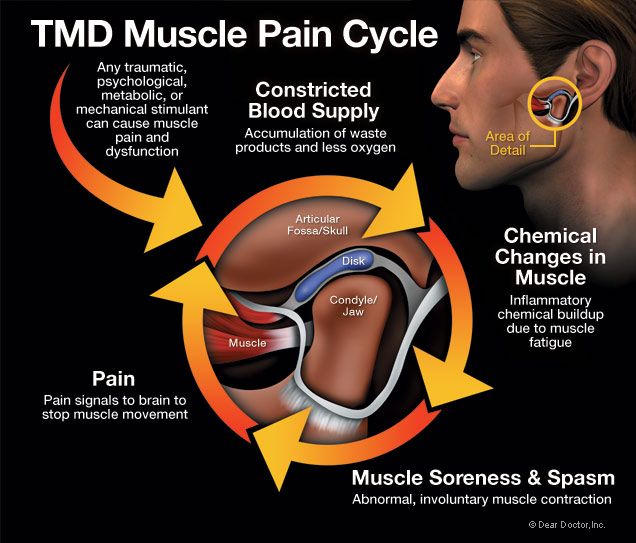
Other common symptoms >>>>>>
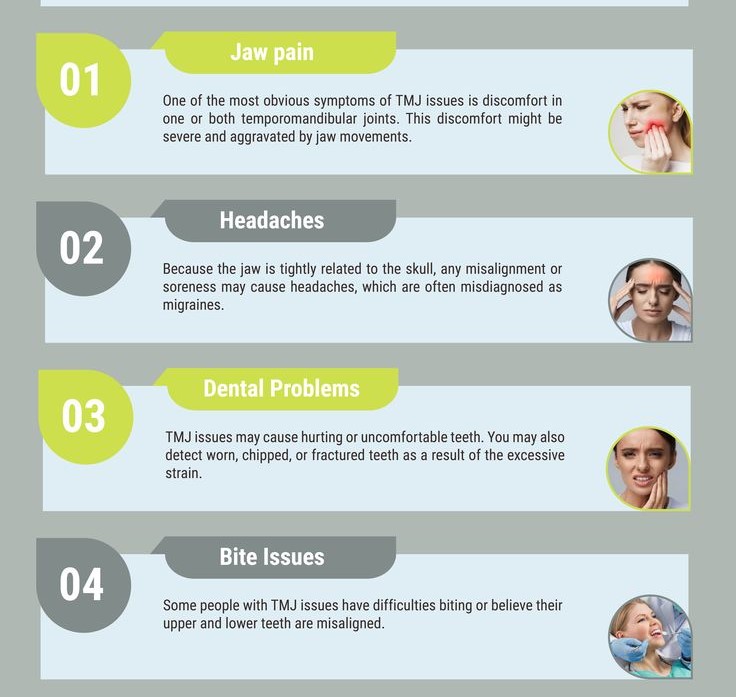
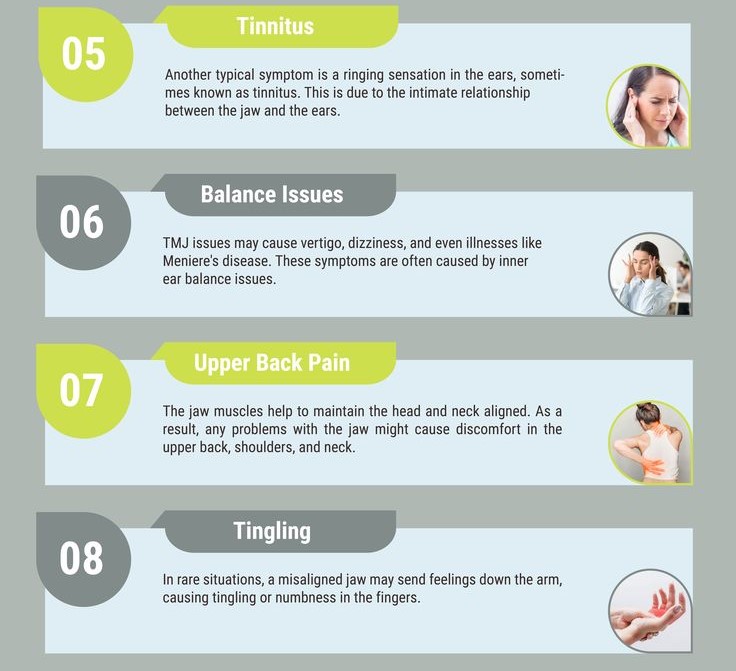
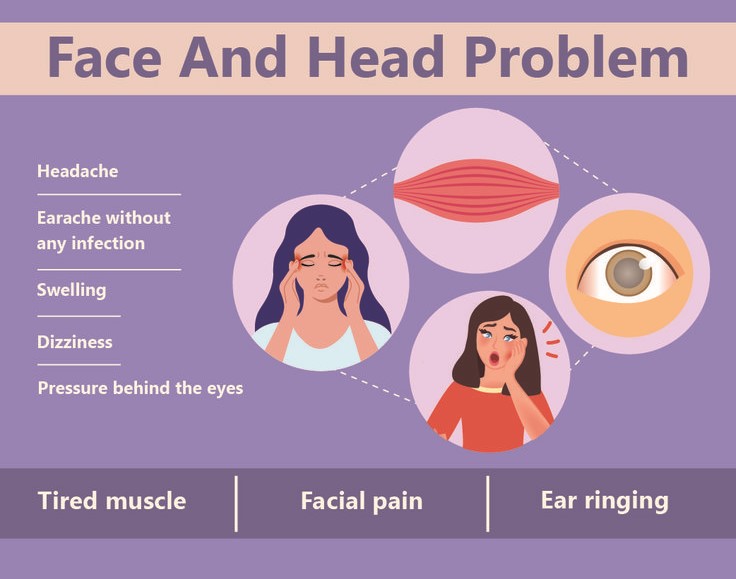
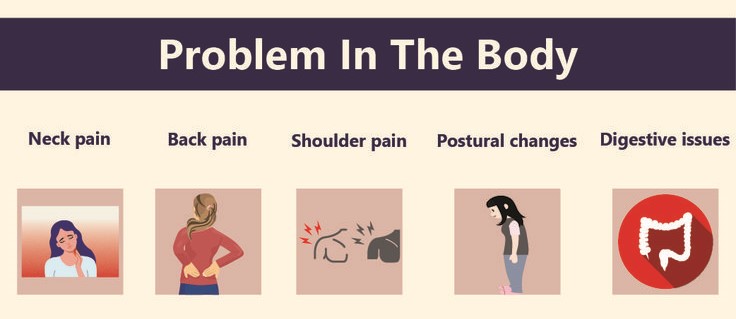
Diagnosis
Diagnosing trigeminal neuralgia involves a thorough medical history, physical examination, and various tests to rule out other causes of facial pain.
Medical History and Physical Examination
Your doctor will ask about your symptoms, medical history, and conduct a physical examination, focusing on the areas where you experience pain.
Neurological Examination
A neurological examination may be performed to check your reflexes, muscle strength, and coordination.
Imaging Tests
Imaging tests such as MRI or CT scans may be ordered to rule out other conditions that could be causing your symptoms.
Treatment Options
Treatment for trigeminal neuralgia aims to relieve pain and prevent future episodes.
Medications
Medications such as anticonvulsants and tricyclic antidepressants may help to relieve pain by blocking nerve signals.
Surgery
For people who do not respond to medication, surgery may be recommended to relieve pressure on the trigeminal nerve.
Other Procedures
Other procedures such as nerve blocks, radiofrequency ablation, or gamma knife radiosurgery may also be considered.

Living with Trigeminal Neuralgia
Living with trigeminal neuralgia can be challenging, but there are ways to manage the condition and improve your quality of life.
Coping Strategies
Finding ways to manage stress and practicing relaxation techniques can help to reduce the frequency and severity of pain episodes

Support Groups
Joining a support group or connecting with others who have trigeminal neuralgia can provide valuable emotional support and practical advice.
Lifestyle Changes
Avoiding triggers such as cold winds, certain foods, or activities that may trigger pain can help to reduce the frequency and severity of episodes
Prevention
While it may not be possible to prevent trigeminal neuralgia entirely, there are steps you can take to reduce your risk of experiencing flare-ups.
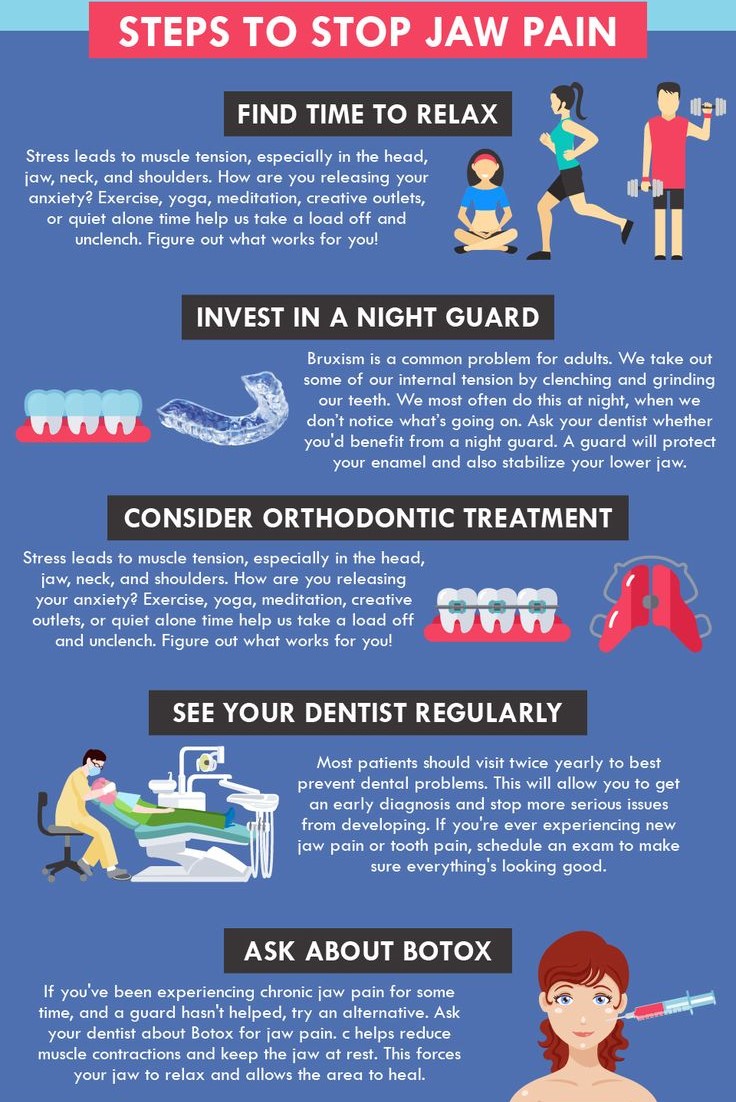
Avoiding Triggers
Identifying and avoiding triggers such as certain foods, cold winds, or activities that may trigger pain can help to reduce the frequency and severity of episodes.

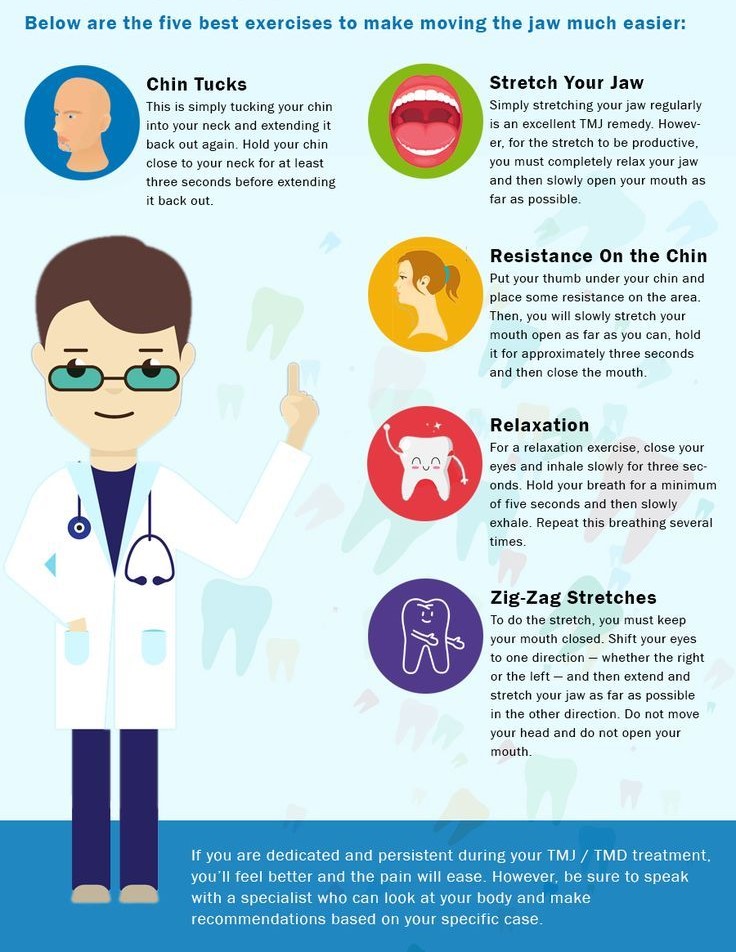
Conclusion
Trigeminal neuralgia is a chronic pain condition that can be incredibly debilitating, but with the right treatment and support, it is possible to manage the symptoms and improve your quality of life.
FAQs
What is the main symptom of trigeminal neuralgia?
The main symptom of trigeminal neuralgia is sudden, severe, stabbing pain in the face.
Is trigeminal neuralgia a lifelong condition?
Trigeminal neuralgia is a chronic condition, but with proper treatment, it is possible to manage the symptoms and improve your quality of life.
Can stress trigger trigeminal neuralgia?
Yes, stress can trigger episodes of trigeminal neuralgia in some people.
Are there any natural remedies for trigeminal neuralgia?
Some people find relief from trigeminal neuralgia symptoms using natural remedies such as acupuncture, biofeedback, or nutritional supplements, but more research is needed to determine their effectiveness.
Is surgery the only option for treating trigeminal neuralgia?
No, surgery is not the only option for treating trigeminal neuralgia. There are several medications and procedures that can help to relieve pain and reduce the frequency of episodes.
